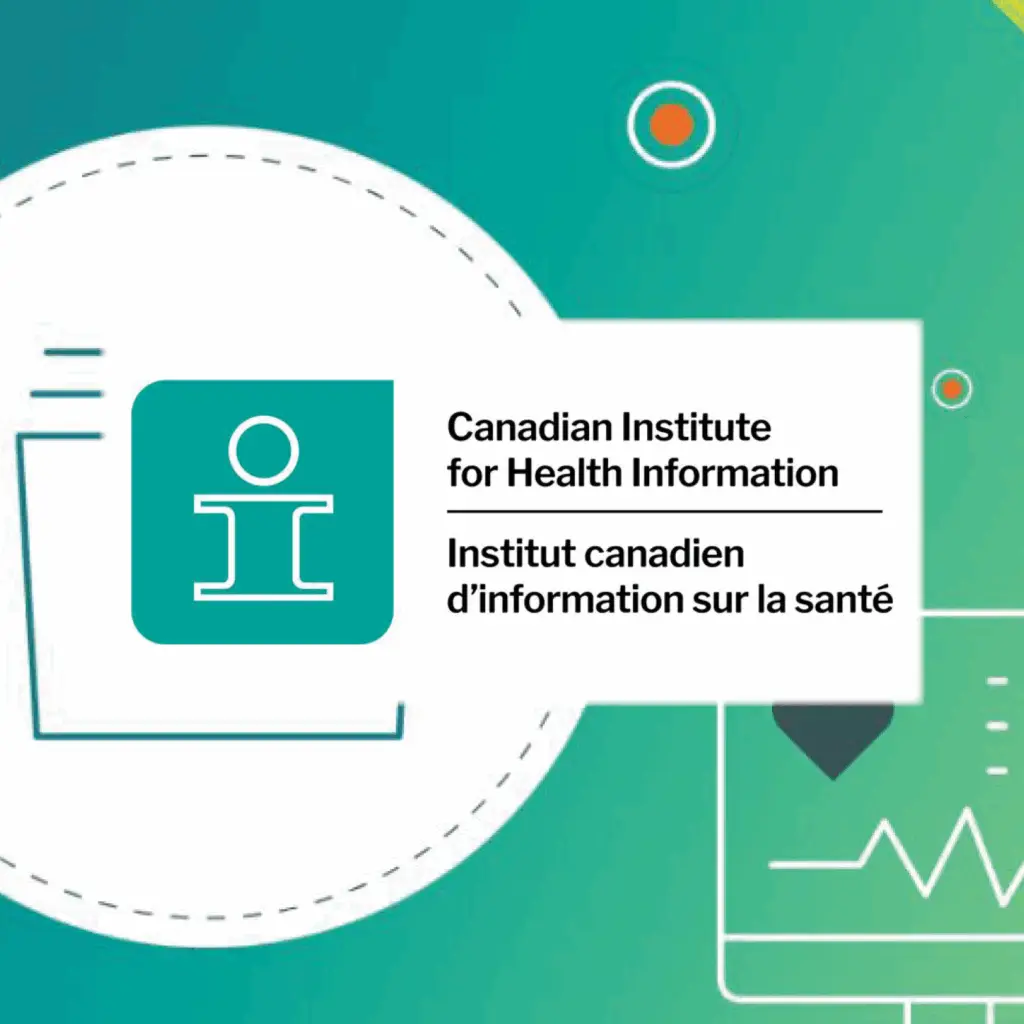
We sat down with Jelly Mendoza-Cabuco, an experienced Certified Health Information Management (CHIM) professional, to discuss her roles as a Cancer Registrar 2 Coder with the Saskatchewan Cancer Agency and a Clinical Medical Coder with Scojo Consulting Ltd.
Originally from the Philippines, Jelly began her career with aspirations of becoming a nurse. This early exposure to the healthcare sector paved the way for her future career in Health Information Management (HIM). Becoming a HIM professional provided Jelly with the opportunity to merge her medical knowledge with technology. It also offered her the chance to engage with digital medical information, apply critical thinking skills, and stay on top of the evolving guidelines. She quickly discovered the benefits of a career in health information management with the wide variety of job options available, the flexibility to work from home and the opportunity to be an important part of the health care system.
We invite you to venture into the world of health information management with Jelly Mendoza-Cabuco.
My day-to-day tasks as a Cancer Registrar II and subcontractor in medical coding involve a meticulous process of abstracting and coding cancer information. I ensure that data is complete and updated with various coding standards. My commitment to accuracy, completion, and detail is important—the smallest error can have significant consequences on a patient’s data and care.
It is imperative to study the many resources available in cancer coding, such as the International Classification of Diseases for Oncology, Third Edition (ICD-O-3) for topography, morphology, and behaviour; the Eighth Edition AJCC Cancer Staging Manual for capturing tumours, nodes, and metastasis; and the Solid Tumor Rules Manual for single and multiple primaries, and histology rules.
The SEER Summary Stage Manual is imperative for significant data elements like clinical and pathological sizes and Mets at diagnosis; the SSDI Grade Manual from the North American Association of Central Cancer Registries (NAACCR); and the provincial registry policies and procedures, such as reportable-by-agreement cases and specific information collected in Canada by the Canadian Cancer Registry (CCR) under the Canadian Council of Cancer Registries (CCCR). All of the data abstraction and coding tells the story of a patient with cancer until the end of life or a diagnosis of “cancer-free”, as we do follow-up abstraction and coding.
As a clinical coder in Canada, I always have a hospital’s manual accessible to ensure that I capture their mandatory diagnosis codes and understand how to enter specific items, like projects in WinRecs. I also utilize the Canadian coding standards for the International Classification of Diseases, 10th Revision, with Canadian Enhancements (ICD-10-CA) and Canadian Classification of Health Interventions (CCI) codes, the National Ambulatory Care Reporting System (NACRS) and Discharge Abstract Database (DAD) Manual to ensure compliance with the mandatory fields for each province.
Medical coding abroad is similar to Canadian coding in that it captures the diagnosis by using the International Classification of Diseases, Tenth Revision (ICD-10) but different in guidelines by chapter in ICD-10-CM and PCS coding. For some types of coding required for physicians and outpatients, we use the Current Procedural Terminology (CPT®) and Healthcare Common procedure Coding System (HCPCS) Coding Manuals in addition to ICD-10-CM.
I enjoyed learning the coding guidelines for each specific coding standard and having a glimpse into what patients go through during their treatments and consultations. My mentor has always told me that coding differences are what make our jobs both more challenging and more interesting as Canadian coding captures differently in diagnosis coding.
Coding, abstracting, and managing sensitive health information comes with unique challenges, especially in ensuring data privacy and security. Jelly emphasizes that the role of the HIM is to act as a “steward of patient information responsible for maintaining the confidentiality and integrity of their health records.”
Often happening behind the scenes, Jelly’s work directly impacts patient care and outcomes. Accurate and complete medical records are vital for directing patient treatments, and it is the professionals in health information management that play a crucial part in that process.
Jelly described how her role in managing information has a significant influence on patient health, highlighting the importance of the work that she and other HIMs engage in.
I always ensure that I have the right information and the right patient on the screen that I am working on. I triple-check the patient demographics and make sure everything matches before I proceed to coding and abstraction. I hate to think what can happen if information is coded incorrectly. That would mean that a patient could receive the wrong treatment. That would profoundly impact patient care, and patients would lose trust in our doctors.
Reflecting on her career, Jelly notes many significant changes in health information management. The evolution of electronic health information has led to a faster abstraction of data, ease of flow, and higher productivity levels. She believes that the digital age of electronic access to health information will further enhance efficiencies, increase timeliness and accuracy, and improve patients’ lives.
Jelly is grateful for her faith and to all those who have made a difference in her HIM career. She does not believe in overnight success and is proud to have put in the work and sacrifice needed to succeed. Jelly strongly believes in the importance of empathy, lifelong learning and growing from each experience.
Outside of her professional obligations, Jelly enjoys spending quality time with her family, saying that “the time flies by so fast, especially with my little one and my eldest, so every chance I get, I’ll pick him up from school and we will drive out of town and go to places we may not have been before.”
Jelly E. Mendoza-Cabuco, CHIM, CPC.



